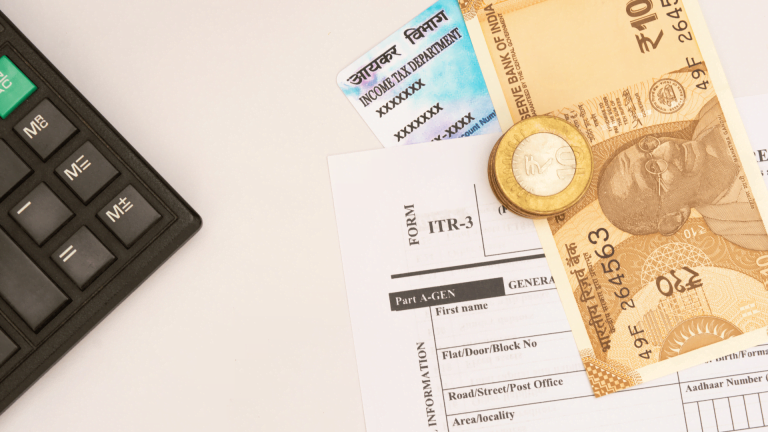The new or alternative tax regime under Section 115BAC has undergone modifications in Budget 2023.
What are the changes in the new tax regime?
Finance bill 2023 has modified the tax slabs in the new regime. The slabs have been reduced to five from the previous six.
The standard deduction of ₹50,000 which was available on income from salary for tax-payers using the old tax regime will now be applicable on the new tax regime as well.
The revised tax slabs, effective from Financial year 2023-24 or Assessment year 2024-25, are:
Taxable Income (INR) | Tax Rate
Up to ₹3 lakhs | Nil
₹3,00,001 to ₹6 lakhs | 5%
₹6,00,001 to ₹9 lakhs | 10%
₹9,00,001 to ₹12 lakhs | 15%
₹12,00,001 to ₹15 lakhs | 20%
Above ₹15 lakhs | 30%
How do the new changes affect your tax-outgo?
- If your taxable income is less than or equal to ₹7.5L you pay zero tax. This is the highest proportionate tax savings of ₹39,000 given in the new budget compared to financial year 2022-23. Section 87A benefits have been doubled from ₹12,500 to ₹25,000 to provide for this.
- If you have an income of ₹9,00,000 you will be saving nearly ₹21,000 in taxes after paying cess. This will be lowest proportionate savings among the five scenarios.
- If your taxable income is ₹12,50,000 you will be saving nearly ₹39,000 in taxes.
- If your taxable income is ₹18,50,000 you will be saving ₹57,000 in taxes.
- If your taxable income is ₹30,50,000 you will also be saving ₹57,000 in taxes.
All the above scenarios assume availing of standard deduction of ₹50,000 by the tax-payer in the new regime. The savings include savings in education and health cess.
You will be saving 2 to 5% of your annual income in the above scenarios through the rebates given in Finance bill 2023 while opting for the new tax regime.
Freefincal has an article on comparison of the new v/s old tax regime here.
Can you opt for the old tax regime?
Sure you can. However, the new tax regime is the “default” tax regime. That means if you prefer the old tax regime you need to tick that box for the “old regime” while filing your tax return.
Which tax regime should you opt for?
That will depend on the deductions you decide to opt for while doing your salary tax planning.
To reiterate:
- Maximum of ₹1,50,000 in Sec 80C
- Sec 80D for medical insurance for yourself and your parents
- Sec 80E for claiming interest on educational loans
- Sec 80CCD (1B) of ₹50,000
- Sec 24B for claiming home loan interest
- Sec 10 (13A) for claiming HRA, and others.
If you intend to claim these and other eligible deductions, you have no choice but to opt for the old tax regime.
What benefits does the Budget 2023 provide for old tax regime tax-payers?
Zero. Zilch. Out of luck.
Are there any other relevant changes proposed in the Finance Bill 2023?
- Sec 115BBJ has been introduced. Under this section if you have any winnings from online gaming, these net winnings will be taxed at a flat rate of 30%.
- If you are in the highest tax slab with an annual income exceeding five crores the surcharge has been capped at 25%. This will reduce the highest effective tax rate to 39% from the previous 42.7%. Applicable for new regime only.
- If you receive proceeds of non-ULIP life insurance policies, where the aggregate annual premium paid is over five lakhs, those will be taxed as income from other sources. This will not be applicable on proceeds received due to death of the insured. This will be applicable from April 1, 2024 and on policies issued after April 1, 2023.
- For senior citizens, the maximum deposit limit in the senior citizens savings scheme has been doubled to ₹30L effective from 1st April 2023.
- The senior citizens are also benefitted by an increase in the monthly income account scheme to ₹9lakhs for single accounts and ₹15lakhs for joint accounts.
- Encashment of earned leave at the time of retirement up to 10 months’ average salary is exempt till ₹3L. The finance bill 2023 proposes to increase this limit to ₹25,00,000 for non-governmental employees under Section 10 (10AA) (sub-clause ii).

